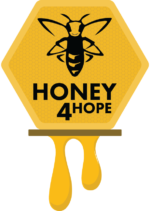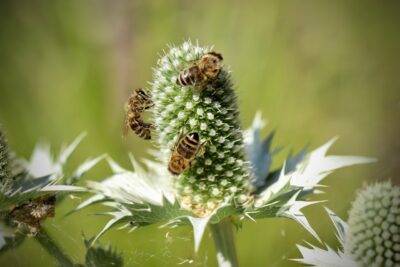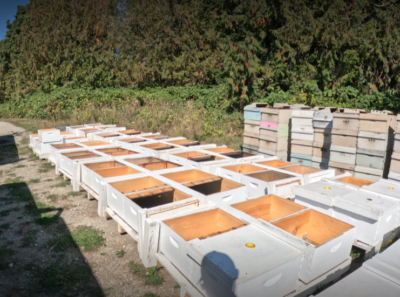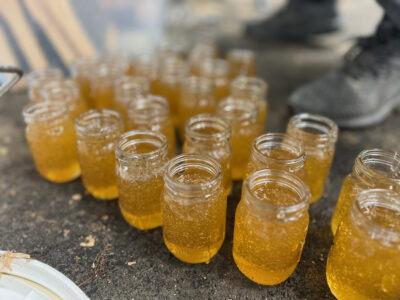There are a lot of bees in the world, estimates are placed at over 20 thousand types of bees! While not covering all of them here, we will take a look at a few important bee families. Understanding the diversity of bee species is crucial for appreciating their vital role in pollination and ecosystem health. Here are four important bee species to know:
- Western Honey Bee (Apis mellifera): The Western Honey Bee is perhaps the most well-known and widely managed bee species. It plays a pivotal role in agriculture through pollination, contributing to the production of numerous crops. Beekeepers often manage colonies of Western Honey Bees to harvest honey and other hive products. They are social bees, living in colonies with a complex social structure.
- Bumblebees (Bombus spp.): Bumblebees are robust and fuzzy bees known for their distinctive black and yellow coloration. They are excellent pollinators and are particularly effective at pollinating certain crops, including tomatoes and blueberries, through a technique called buzz pollination. Bumblebees live in smaller colonies compared to honey bees, and their ability to regulate their body temperature allows them to forage in cooler conditions.
- Mason Bees (Osmia spp.): Mason bees are solitary bees that play a crucial role in pollination. They are excellent pollinators for fruit trees, including apples and cherries. Mason bees construct nests in pre-existing cavities, such as hollow plant stems or insect holes. These bees are efficient pollinators because they carry pollen on their abdomen, making them effective pollinators for a variety of crops.
- Carpenter Bees (Xylocopa spp.): Carpenter bees are large, solitary bees that are known for their ability to drill into wood to create nests. While they can be considered pests when they choose to nest in structures like wooden buildings, they are important pollinators for various plants. Unlike honey bees, carpenter bees are not social and do not live in colonies. They are often recognized by their shiny, black abdomen and, in some species, a yellow thorax.
Understanding the diversity of bees and their unique characteristics is essential for promoting pollinator conservation and sustainable agriculture practices. Each species contributes uniquely to the pollination of different plants, showcasing the intricate web of interactions that support our ecosystems. Help support bees by learning about them and ways you can sustain pollination!




